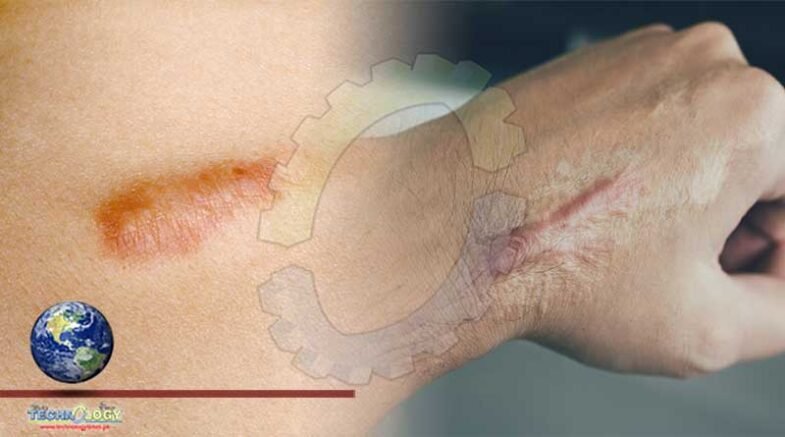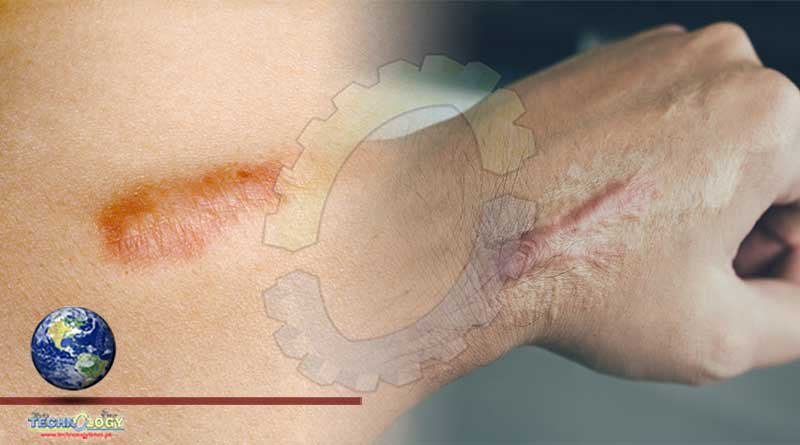The study will investigate the genetic make-up of scars by drawing on DNA data from large groups of people with scarring,.

A project to heal the nation’s scars within a generation kicks off on Thursday and will draw heavily on the experiences of the translucent zebrafish, as researchers literally watch the scars form inside them.
The £1.5m five-year research project, funded by The Scar Free Foundation, is the first study of its kind in the world. It will combine reams of population health data with previous studies into scarring to analyse the role that genes play in forming and repairing scars.
The study will investigate the genetic make-up of scarring by drawing on DNA data from large groups of people including those with BCG vaccination scarring, children with cleft lip surgery, women with Caesarean section scarring and patients with internal lung scarring.
And the project will study zebrafish, which are translucent and can regrow tissue and repair wounds quickly, using live imaging and genetic analysis to model scar formation and wound healing – findings which can eventually be used to better understand and repair scars in people.
“Live imaging studies in translucent zebrafish will allow us to see how changes to these genes affects certain cells involved in scarring and gives us an experimental window through which to watch scars being formed and to identify ways to stop this,” said Beck Richardson, of the University of Bristol.
Brendan Eley, Chief Executive of the Scar Free Foundation, said: “This research will help us identify which factors cause us all to scar differently, and develop innovative treatments to improve patients’ lives.”
“Scarring can cause long term emotional and physical problems including pain, itching and loss of movement, requiring the need for frequent operations, skin grafts, cream application multiple times a day and daily physiotherapy. We want to find ways of making life easier in the future for the millions of people living with scarring in the UK,” he said.
Scarring affects more than 20 million people in the UK, in some cases causing huge pain and health problems.
Originally published at i News
